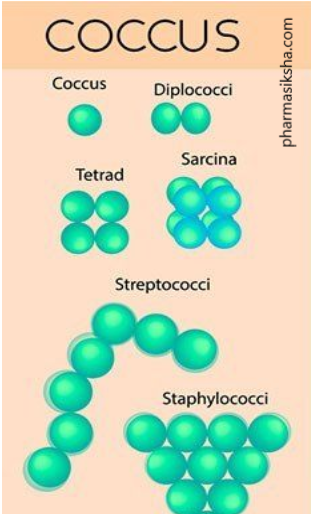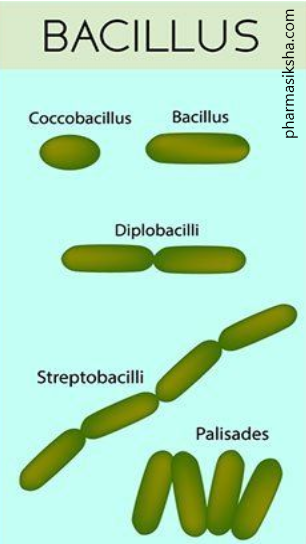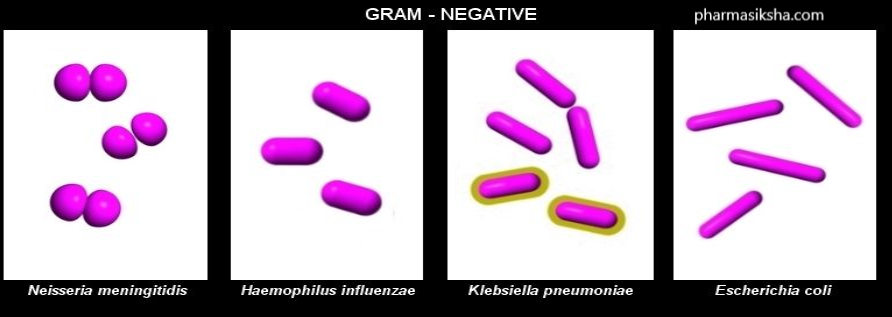Discover classification of bacteria with pdf. Explore the various systems used to identify and categorize bacteria based on morphology and more.
What are bacteria?
Bacteria are a group of single-celled microorganisms. They are prokaryotic which mean they do not have true nucleus and other organelles in their cell. Instead of that they have genetic material, such as a single circular DNA molecule located in the nucleoid region of the cell.
Bacteria are unicellular organisms that are found in nearly every environment on Earth. We will discuss the different classification of bacteria pdf.
Classification of bacteria
Bacteria are mainly classified into 5 categories.
- Morphologically Classification.
- Chemically Classification.
- Genetically Classification.
- Ecologically Classification.
- Phylogenetically Classification.
1) Morphological classification of bacteria
Morphological classification is based on the physical characteristics of bacteria. Such as their shape, size and cell arrangement. This classification system has five main groups:
a) Cocci

These are spherical or oval-shaped bacteria that can occur in clusters, pairs, or chains. Some examples of cocci include Streptococcus and Staphylococcus.
b) Bacilli

These are rod-shaped bacteria that occur in pairs or as single cells. Examples of bacilli include Escherichia coli and Bacillus anthracis.
c) Spirilla

These are spiral-shaped bacteria with a rigid helical shape. Examples include Treponema and Borrelia.
d) Spirochetes
These are spiral-shaped bacteria that have a flexible helical shape and move using axial filaments. Examples include Spirochaete and Leptospira.
e) Filamentous
These bacteria form long branching filaments. Examples include Actinomyces and Streptomyces.
2) Chemical classification of bacteria
Chemical classification is based on the composition of bacterial cell walls. This classification system has two main groups:
a) Gram-positive

These bacteria have a thick layer of peptidoglycan in their cell walls, which retains the crystal violet stain in the Gram staining process. Examples of gram-positive bacteria include Staphylococcus aureus and Streptococcus pyogenes.
b) Gram-negative

These bacteria have a thin layer of peptidoglycan in their cell walls, which does not retain the crystal violet stain in the Gram staining process. Examples of gram-negative bacteria include Escherichia coli and Salmonella typhi.
3) Genetic classification of bacteria:
It is based on the genetic makeup of bacteria. This classification system has three main groups:
a) Archaea
These are bacteria that have a distinct genetic makeup and are found in extreme environments such as hot springs and deep-sea vents.
b) Common Bacteria
These are the most common type of bacteria found in our environment. They can be found in soil, water, and in or on living organisms.
c) Eukarya
These are organisms that have a nucleus and other membrane-bound organelles, such as fungi and protozoa.
4) Ecological Classification:
Ecological classification is based on the habitat and ecological role of bacteria. This classification system has five main groups:
a) Aquatic
These bacteria live in aquatic environments such as rivers, lakes, and oceans.
b) Soil
These bacteria live in soil and play a vital role in decomposing organic matter.
c) Airborne
These bacteria are present in the air and can cause respiratory infections.
d) Plant-associated
These bacteria live in association with plants and help in nitrogen fixation and plant growth.
e) Animal-associated
These bacteria live in or on animals and can cause infections or contribute to digestion.
5) Phylogenetic classification
Phylogenetic classification is based on the evolutionary relationships between bacteria.
This classification system uses genetic sequencing to create a tree-like diagram that shows the evolutionary relationships between bacteria.
This system is useful in identifying the origin of different bacterial species and their relationship with other organisms.
To download the pdf, click the link below.
https://pharmasiksha.com/wp-content/uploads/2023/03/Classification-of-bacteria-pdf.pdf
